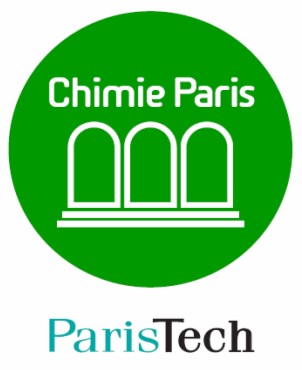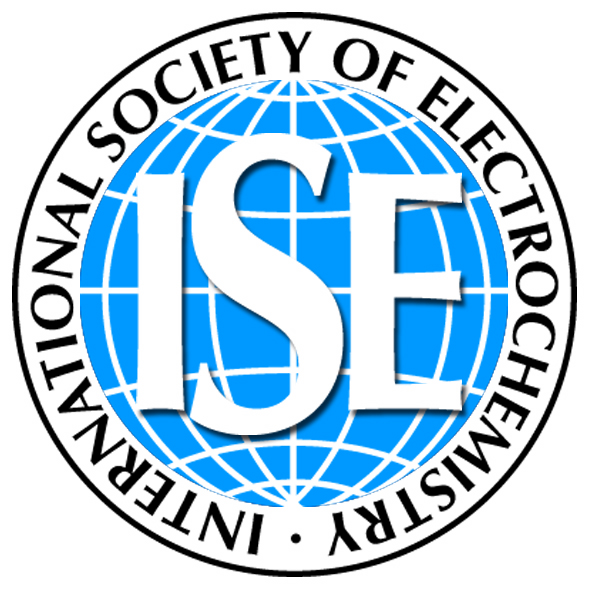
|
Elecnano4 - 7th ECHEMSParis, France23 - 26 May 2011 |

|
New Luminescent Organic Dyes around a Boron Center: Synthesis and Optical Applications
Professsor Raymond Ziessel
Laboratoire de Chimie Moléculaire, Ecole Européenne de Chimie, Polymères et Matériaux, ULP, CNRS, 25 rue Becquerel 67087 Strasbourg Cedex, France
ziessel@unistra.fr
Several sets of borondipyrromethene (BODIPY) dyes have been synthesized in such a way that the central fluorescent unit bears one or more appended aromatic polycycles. These latter units function as ancillary light-harvesters and channel incident photons to the BODIPY emitter. The detailed mechanisms of intramolecular energy transfer have been elucidated on the basis of steady-state and time-resolved spectroscopic measurements and related to the geometry of the assembly. It is noteworthy that the attached polycycle serves to enhance the virtual Stokes shift, to introduce a means to form well-organized thin films, and to render the compound subject to transport charges. In certain cases, this latter effect can lead to self-association into organised structures that absorb and emit at long wavelength. The novelty of these new dyes relates to the substitution pattern and most notably the replacement of the usual fluorine atoms with aromatic polycycles. In the extreme case, multiple substitution leads to arrays bearing different polycycles that absorb over much of the visible spectral window and transfer photons to the BODIPY centre within a few picoseconds.
Separate synthetic protocols allows the tuning of colours of these dyes from yellow to green but also the fluorescence from green to red and to the NIR. Separate studies indicate that the BODIPY dye will enter into intramolecular charge-transfer reactions with attached redox-active groups. Such realisations have led to the development of fluorescence sensors for substrates from solution and to write / read / erase devices. Subsequent charge recombination provides an easy means by which to populate the triplet excited state resident on the BODIPY core, despite the realisation that intersystem crossing is extremely inefficient in the absence of charge-transfer effects.
The two processes light harvesting and charge transfer, can be accommodated in the same structure by suitable synthetic strategies. Here, rapid energy transfer occurs from the appended aromatic polycycle to the BODIPY unit and is followed by fast charge transfer to the redox-active component. Highly versatile arrays can be generated in this way that operates as artificial photosynthetic and light emitting devices.
Applications in dye sensitized bulk heterojunction solar cells, OLEDs and fluorescent liquid crystals will be scrutinized.
References
F. Camerel, L. Bonardi, M. Schmutz, P. Retailleau, R. Ziessel J. Am. Chem. Soc. 2006, 128, 4548-4549.
F. Camerel, L. Bonardi, G. Ulrich, B. Donnio, C. Bourgogne, P. Retailleau, R. Ziessel Chem. Mater, 2006, 18, 5009-5021.
R. Ziessel, G. Ulrich, A. Harriman, New J. Chem. 2007, 31, 496 (Highlight article).
G. Ulrich, R. Ziessel, A. Harriman, Angew. Chem. Int. Ed. 2008, 47, 1184 (Review article).
T. Rousseau, A. Cravino, T. Bura, G. Ulrich, R. Ziessel, J. Roncali, Chem. Commun, 2009, 1673. T. Rousseau, A. Cravino, T. Bura, G. Ulrich, R. Ziessel,J. Roncali, J. Mater. Chem. 2009, 19, 2298-2300.










